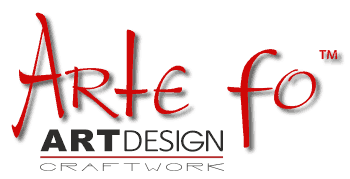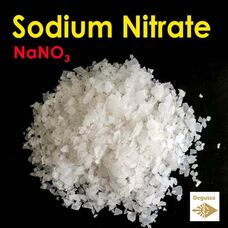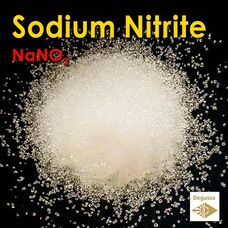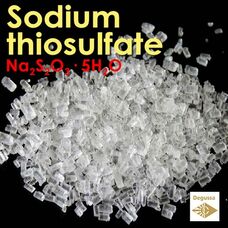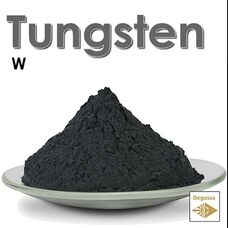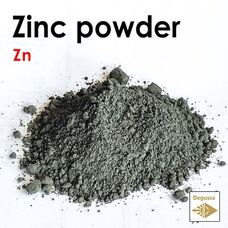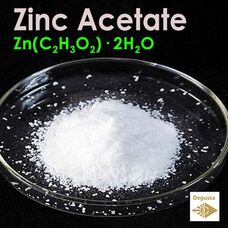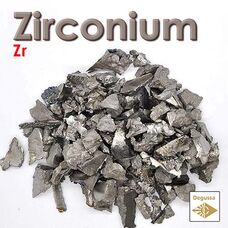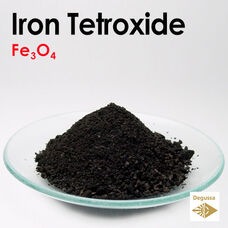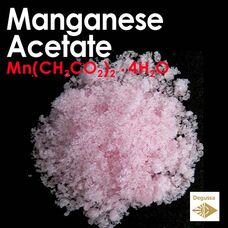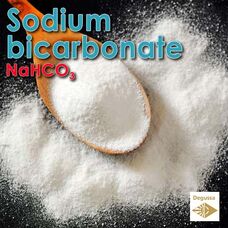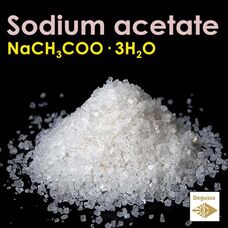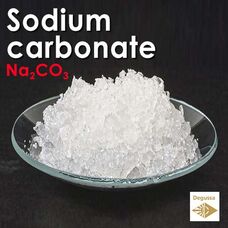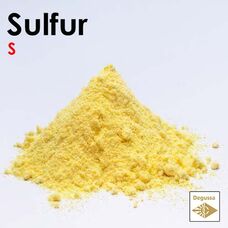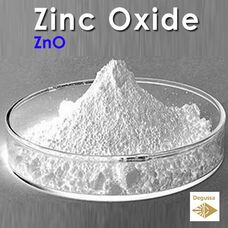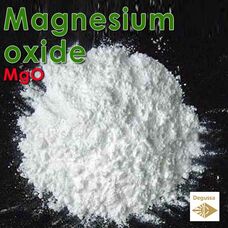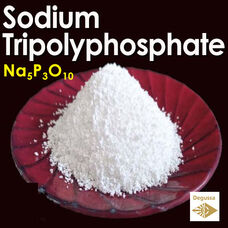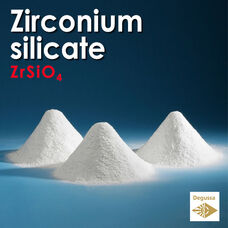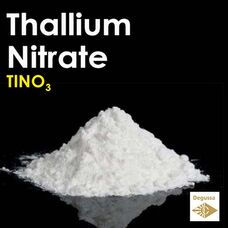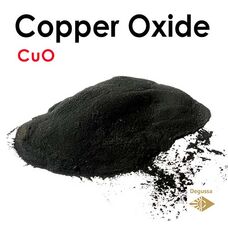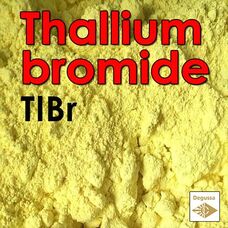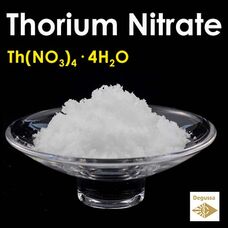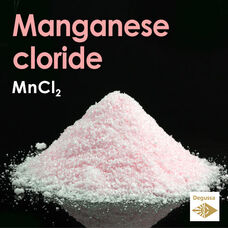Metal oxides are used in ceramics to produce color and effect
Sodium Nitrate - Chile saltpeter - Natrum nitricum
NaNO3 Sodium nitrate is the chemical compound with the formula NaNO3. This alkali metal nitrate salt is also known ..
0.59€
Sodium Nitrite - Navigating Natrum nitrosum: Properties, Applications, and Safety Insights of Natrii nitris
NaNO2 Sodium nitrite (NaNO2) is used for various purposes in different industries. Some common uses include:Food Pr..
0.59€
Sodium thiosulfate - Versatile Applications of Sodium Thiosulfate: From Photography to Water Treatment
Na2S2O3 Sodium thiosulfate, also known by its chemical formula Na2S2O3, is a versatile inorganic compound that has ..
0.59€
Tungsten Metal Powder - Wolfram, ACS purity
W Tungsten is a chemical element with the symbol W and atomic number 74. It is a hard, dense, steel-gray metal that..
15.99€
Zinc - Premium Zinc Powder: High-Quality Solutions for Industry and Health
Zn Zinc is a chemical element with the symbol Zn and atomic number 30. It is a bluish-white, moderately reactive me..
1.99€
Zinc Acetate
Zn(C2H3O2)2Zinc acetate is a salt with the formula Zn(CH3CO2)2, which commonly occurs as the dihydrate Zn(CH3CO2)2·2H2O...
0.59€
Zirconium Metal, 99.999% High Purity Sponge Metal Element Laboratory Materials Experimental Sample
Zr Zirconium is a chemical element with the symbol Zr and atomic number 40. It is a lustrous, gray-white metal that..
1.99€
IRON TETROXIDE - Iron (II,III) Oxide Ferric Minium Ceramic Pigments and Stains
Fe3O4 Iron(II,III) oxide is the chemical compound with formula Fe3O4. It occurs in nature as the mineral magnetite...
0.59€
Manganese(II) acetate tetrahydrate - Mn(CH3CO2)2·4H2O
Mn(CH3CO2)2.4H2O Manganese acetate is an inorganic compound with the chemical formula Mn(CH3COO)2. It is derived fr..
0.99€
Sodium Bicarbonate - NaHCO3
NaHCO3 Sodium bicarbonate, also known as baking soda, is a white crystalline powder with a slightly salty taste. It..
0.19€
Sodium acetate - Hot ice (sodium acetate trihydrate)
NaCH3COO Sodium acetate trihydrate (NaCH3COO·3H2O) is a chemical compound composed of sodium (Na), acetate (CH3COO)..
0.99€
Sodium Carbonate - Na2CO3 - Sodium Carbide Natrium Carbonate
Na2CO3 Sodium carbonate, also known as soda ash or washing soda, is a white, crystalline compound with the chemical..
0.99€
SULFUR - Unlocking the Power of Sulphur Powder: Applications, Benefits, and Safety
S Sulfur is a chemical element with the symbol "S" and the atomic number 16. It is a non-metal and is found in the ..
0.99€
Magnesium oxide - Magnesium(II) oxide - chemical compound
MgO Magnesium oxide (MgO), or magnesia, is a white hygroscopic solid mineral that occurs naturally as periclase and..
0.99€
Sodium tripolyphosphate - The Advantages in the Manufacture of Ceramics
Na5P3O10 Sodium triphosphate (STP), also sodium tripolyphosphate (STPP), or tripolyphosphate (TPP)) is an inorganic..
0.59€
Zirconium silicate - White Pigment Zirconite Zircon Hyacinth Zircosil Excelopax
ZrSiO4 Zirconium silicate, also zirconium orthosilicate, ZrSiO4, is a chemical compound, a silicate of zirconium. I..
0.99€
Thallium Nitrate - Discover the properties, uses, and safety information
TlNO3 Thallium nitrate is a chemical compound with the formula TlNO₃. It is composed of thallium (Tl), a soft..
59.00€
COPPER OXIDE - Black Copper(II) Oxide for production of enamels, coatings, and glazes
CuO Copper Oxide is used in the production of enamels, coatings, and glazes, too. Black copper oxide (Cu..
0.59€
Thallium(I) bromide - Thallium non-radioactive halides
TlBr Thallium(I) bromide is a chemical compound of thallium and bromine with a chemical formula TlBr. This sa..
19.99€
THORIUM NITRATE - Thorium(IV) nitrate - a chemical compound Thorium Nitricum Tetrahydrate
Th(NO3)4 Thorium nitrate (Th(NO3)4) is a compound composed of thorium (Th) and nitrate (NO3) ions. It is a wh..
19.99€
Manganese Chloride - Properties, Uses, and Applications of Manganese(II) chloride tetrahydrate - chemical compound
MnCl2 Manganese(II) chloride (MnCl2) is a chemical compound composed of manganese and chlorine atoms. It is one of ..
1.16€ 3.99€
